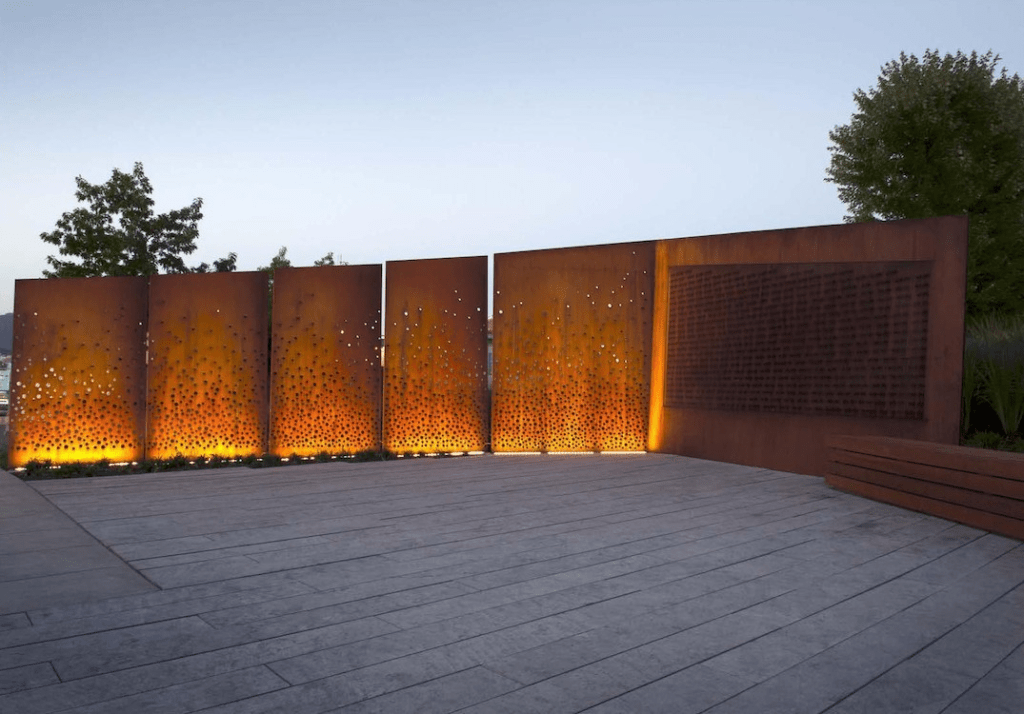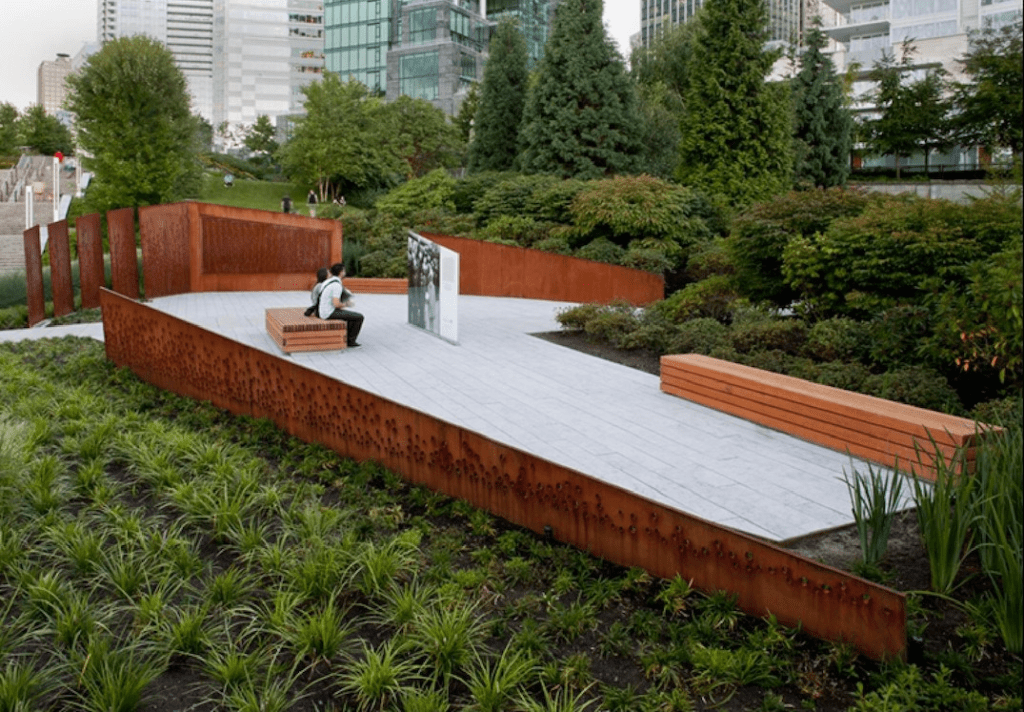AI Generated Summary
- Canada Place Way will gain the secondary name of “Komagata Maru Place,” recognized by the installation of a sign, the creation of public education materials, and further upgrades to the nearby 2012-built memorial at the eastern end of Harbour Green Park.
- This apology, coupled with the official observance on May 23, serves as a testament to the enduring efforts of the Descendants of the Komagata Maru Society, who brought this issue to the forefront.
- This solemn structure, fashioned in the shape of a kirpan (dagger) reaching toward the heavens, stands as a powerful tribute to the martyrs of the Komagata Maru.
It was a fateful day on May 23, 1914, when the Komagata Maru steamship docked in Vancouver’s Burrard Inlet, carrying a glimmer of hope and dreams for 376 passengers. Among them were 340 Sikhs, 24 Muslims, and 12 Hindus, predominantly hailing from the vibrant Punjab region of India. They sought a life of promise and opportunity in the land of Canada.
However, their aspirations were met with the harsh reality of discriminatory and racist laws. Despite being British subjects, these passengers were denied entry into Canada. They were subjected to a cruel fate, confined to the ship’s limited quarters, deprived of adequate access to medical aid, food, and water.
For two long months, they languished in deteriorating conditions, their spirits dimming with each passing day. Then, on that fateful day of July 23, 1914, the ship was forcibly ordered to turn around, and the passengers were compelled to return to their homeland, India. Tragically, upon their arrival, 19 passengers met their untimely end, shot and killed. Many others were wounded or imprisoned, branded as political agitators.

At the heart of this ill-fated journey was Gurdit Singh Sandhu, a visionary Singaporean businessman who recognized the Canadian exclusion laws that barred Punjabis from immigrating. In January 1914, he chartered the Komagata Maru, fully aware of the regulations. Gurdit Singh’s audacious aim was to challenge the infamous continuous journey regulation, ultimately paving the way for Indian immigration to Canada.
In recent times, Canada has taken significant steps to reconcile with its past and acknowledge the injustices of the Komagata Maru incident. On May 18, 2021, the Vancouver City Council extended a formal apology for the historical discrimination suffered by the 376 passengers aboard the ill-fated steamship. In a unanimous decision on June 10, 2020, the Council recognized the importance of commemorating this tragic event and designated May 23 as Komagata Maru Remembrance Day.

This apology, coupled with the official observance on May 23, serves as a testament to the enduring efforts of the Descendants of the Komagata Maru Society, who brought this issue to the forefront. It symbolizes the acknowledgment of past wrongs and the commitment to creating a more inclusive and equitable society.
The legacy of the Komagata Maru incident has left an indelible mark on the history of both India and Canada. In 1952, the Indian government erected a memorial near Budge Budge, known locally as the Punjabi Monument. This solemn structure, fashioned in the shape of a kirpan (dagger) reaching toward the heavens, stands as a powerful tribute to the martyrs of the Komagata Maru.
Furthermore, in 2014, the government of India released two special commemorative coins, the INR 5 and INR 100, in honor of the centenary of the tragic incident. These coins serve as a lasting reminder of the resilience and courage displayed by those aboard the ill-fated steamship.
Another way of acknowledging the historic discrimination incident of the Komagata Maru at a location near where it occurred has been unanimously approved today by Vancouver City Council.

Canada Place Way will gain the secondary name of “Komagata Maru Place,” recognized by the installation of a sign, the creation of public education materials, and further upgrades to the nearby 2012-built memorial at the eastern end of Harbour Green Park. An unveiling ceremony is scheduled for late 2023.
Additionally, the City will also recognize the cultural and historical significance of the Gurdwara location at 1866 West 2nd Avenue in Kitsilano. This site was where the local South Asian community mobilized to support the passengers by raising funds and providing legal services, food, and water. The Gurdwara became one of the first community-owned spaces for South Asians through the late 1960s as a gathering place for culture, politics, and civic education.
The story of the Komagata Maru serves as a stark reminder of the injustices perpetrated by discriminatory policies and the resilience of those who fought against them. It stands as a testament to the ongoing struggle for equality and justice in a world where diverse voices deserve to be heard. As we commemorate the Komagata Maru Remembrance Day, let us reflect upon this chapter in history and renew our commitment to building a society that embraces all cultures and upholds the values of compassion and inclusivity.




